Rare are the occasions in life on which just one solution fits all, even when it comes to BMWs that have four doors and five seats and which can fire you at the horizon with broadly the same conviction as a bullet that has just appeared out of a gun.
Because for every fast factory BMW, there is inevitably an alternative available from Alpina. And in this case the alternative is genuinely quite some weapon.
So we posed one very simple question to which the answer is anything but straightforward. In a fast BMW 3-series – a very fast BMW 3-series – which is the best form of engine to have thumping away beneath the bonnet: petrol or diesel?
At one time the answer would have been an entirely predictable ‘petrol’, thank you very much, move on, nothing else of interest to be seen here. Nowadays, though, with the advent of the monster that is the Alpina D3 Biturbo, the answer is nowhere near as simple as that. Not even when the petrol-powered 3-series comes in the form of the mostly brilliant new BMW M3.
The similarities between these two ultimate 3-series are, of course, many, which is hardly surprising given that they share the same fundamental bodyshell, the same rear-wheel drive chassis, the same suspension layout and the exact same cabin and boot dimensions.
But beyond these elements they go about achieving what they do in very different ways from one another, and in the end those disparities are, in places, quite shockingly apparent.
The M3 is propelled by a twin-turbocharged 3.0-litre straight six petrol engine that produces a full 425bhp along with a decent slug of torque – 406lb ft, no less, between 1800 and 5500rpm. It also has the ability to rev to 7500rpm and beyond.
The D3’s twin-turbo six-pot diesel engine, on the other hand, is all done by 5000rpm, and although it summons rather less power than the M3 (345bhp), it has massively more torque up its sleeve. The amount it produces is almost hilarious, in fact, with an eye-watering 516lb ft being available from just 1500rpm.
So despite the fact that the 1660kg D3 weighs a touch more than the 1635kg as-tested M3, in theory it can all but level with the factory car in a straight line.
Its standard automatic gearbox also has one more ratio to play with than our M3 test car’s optional seven-speed dual-clutch automatic unit, but crucially, the Alpina costs a not insignificant £9225 less than the M3.

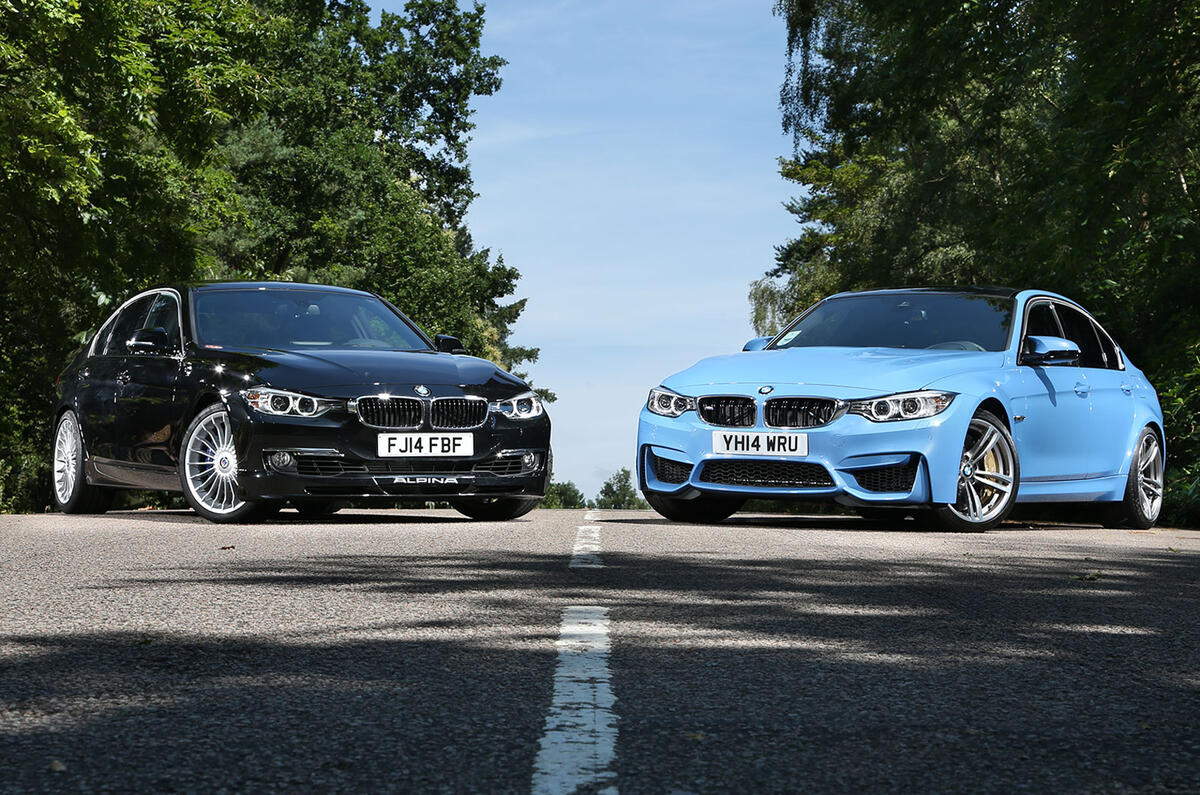
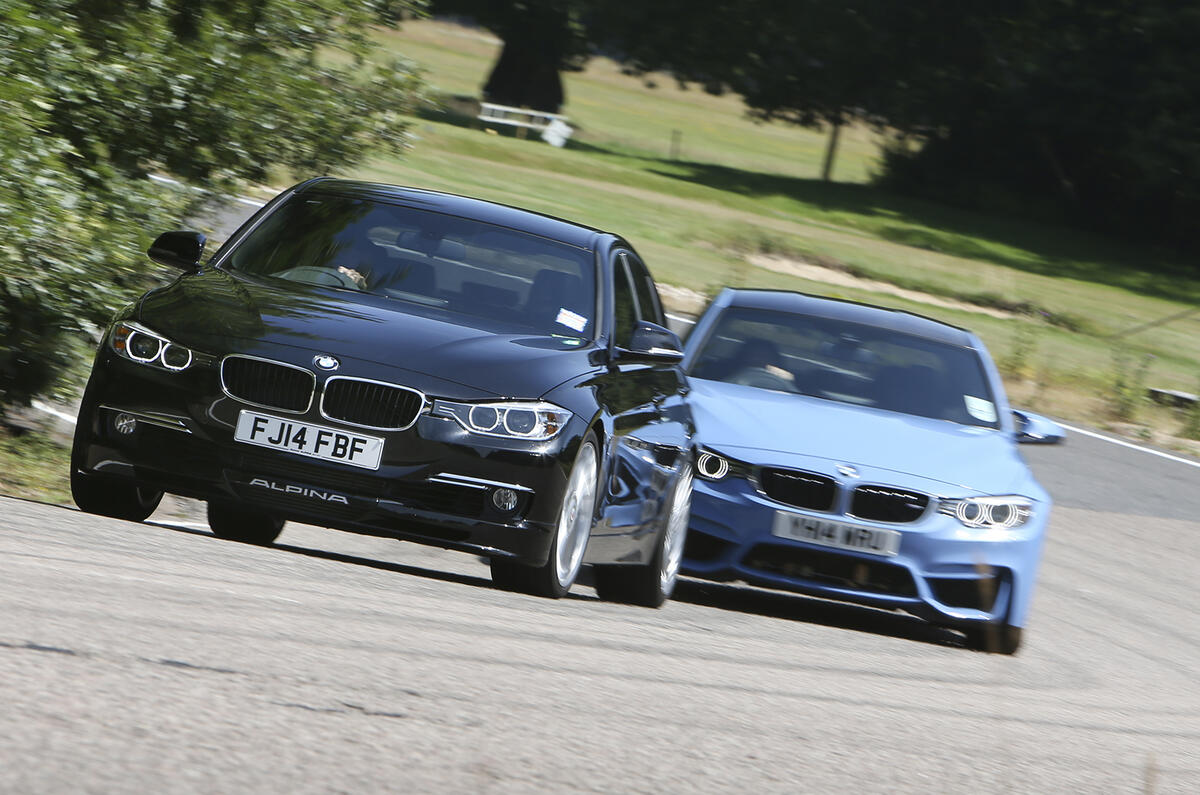
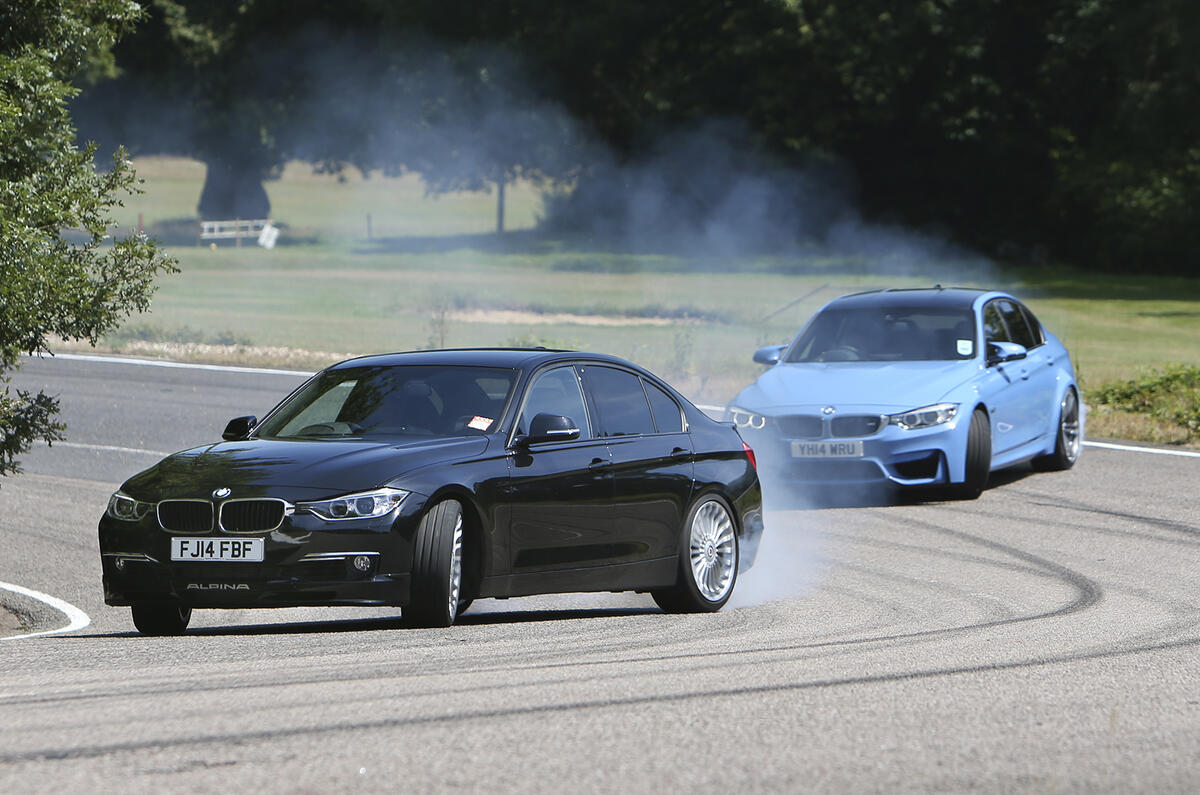
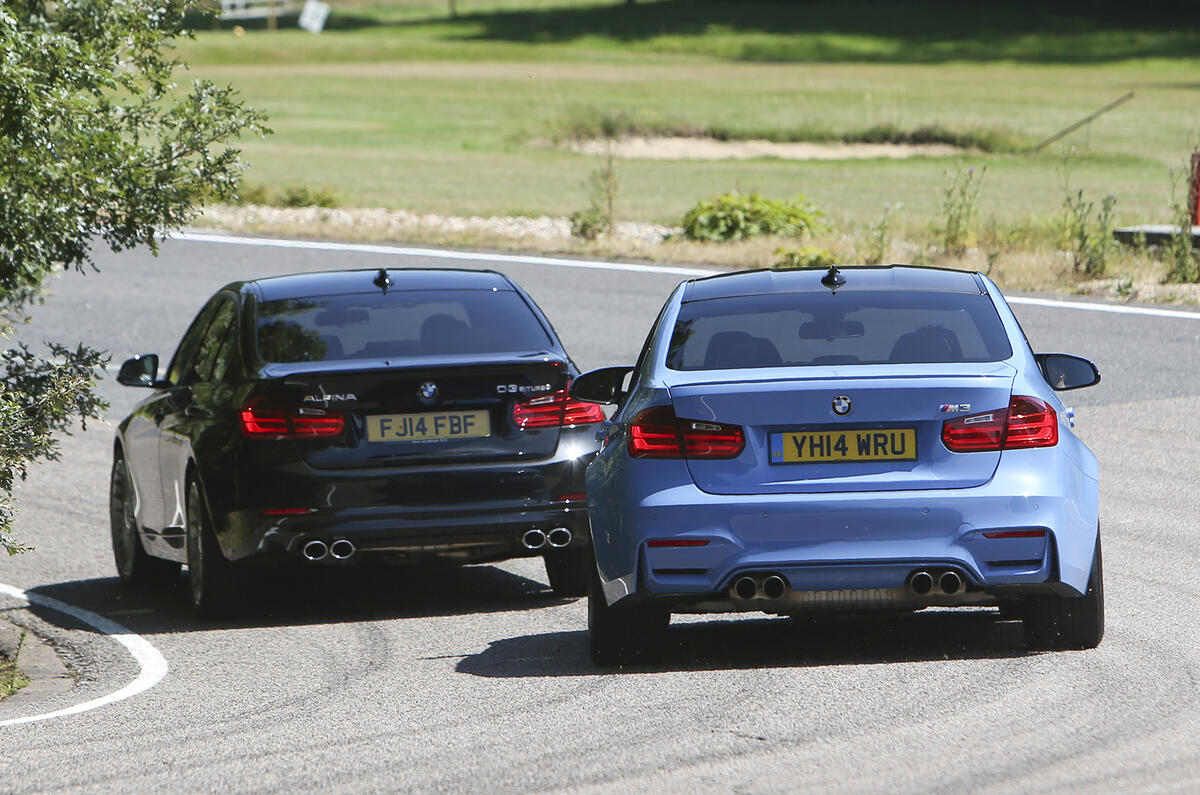
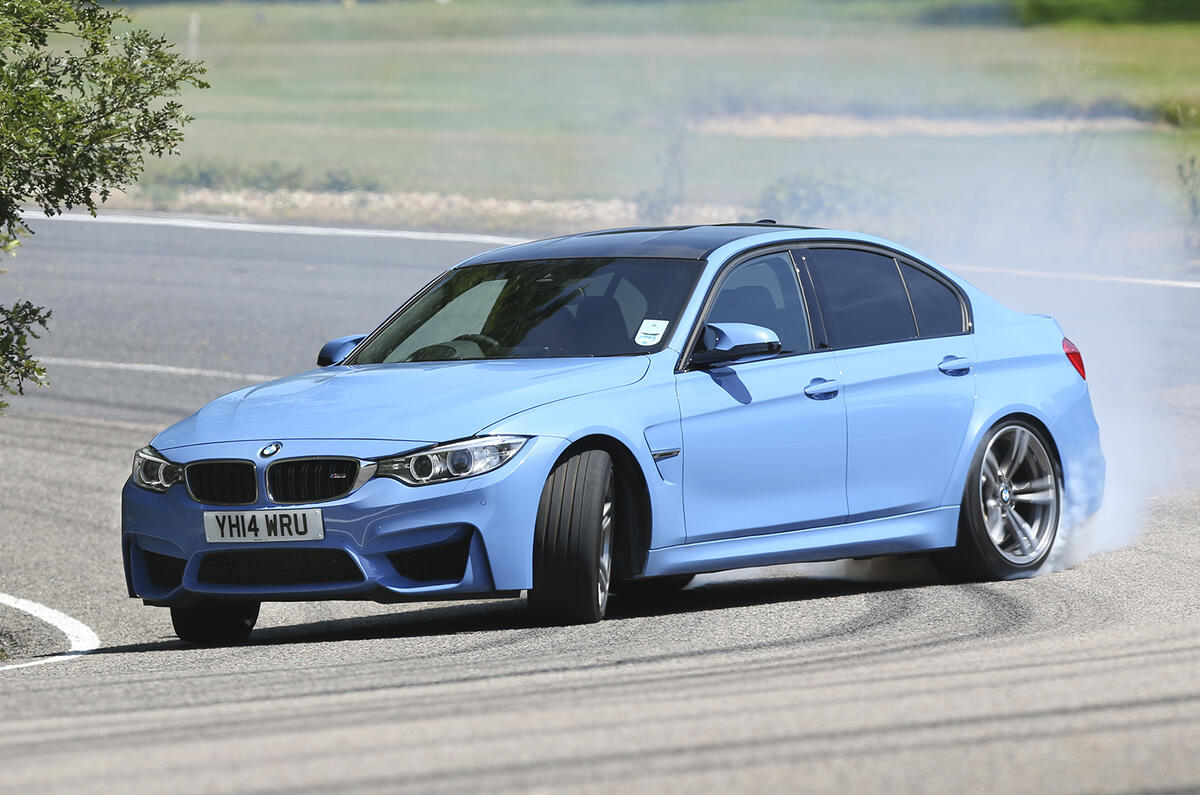

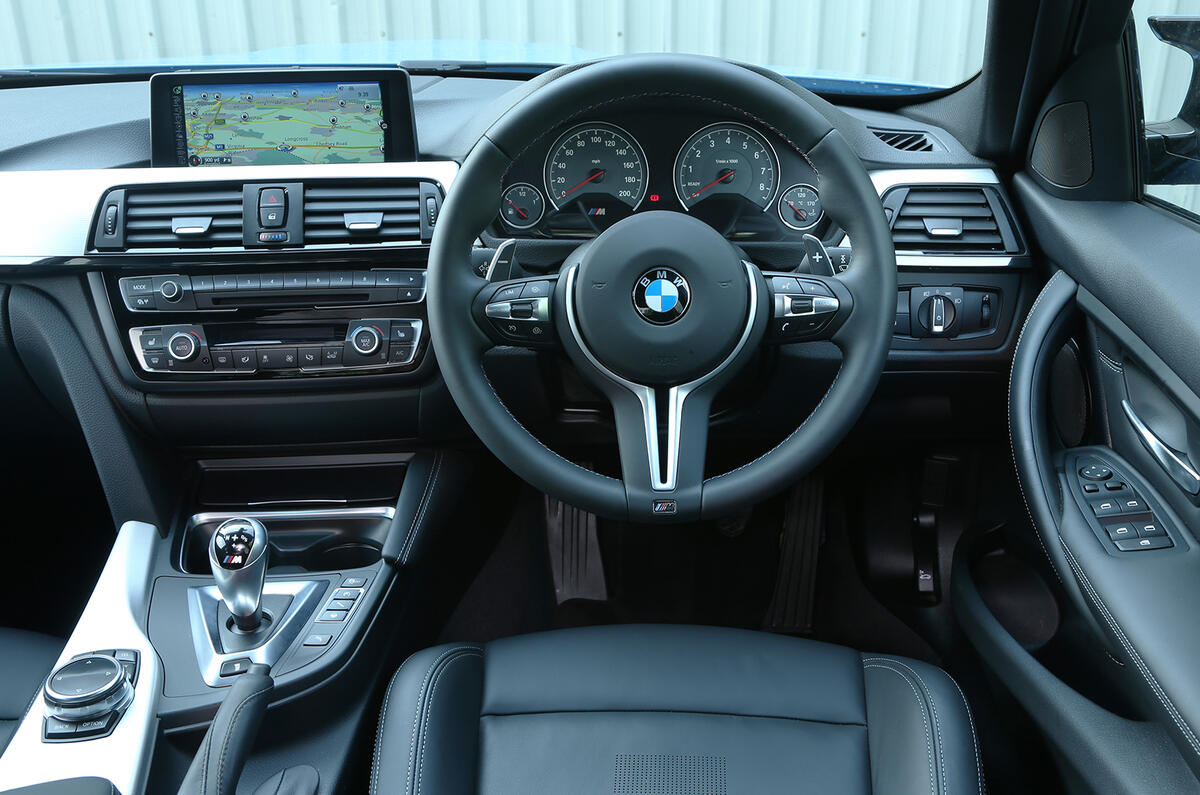
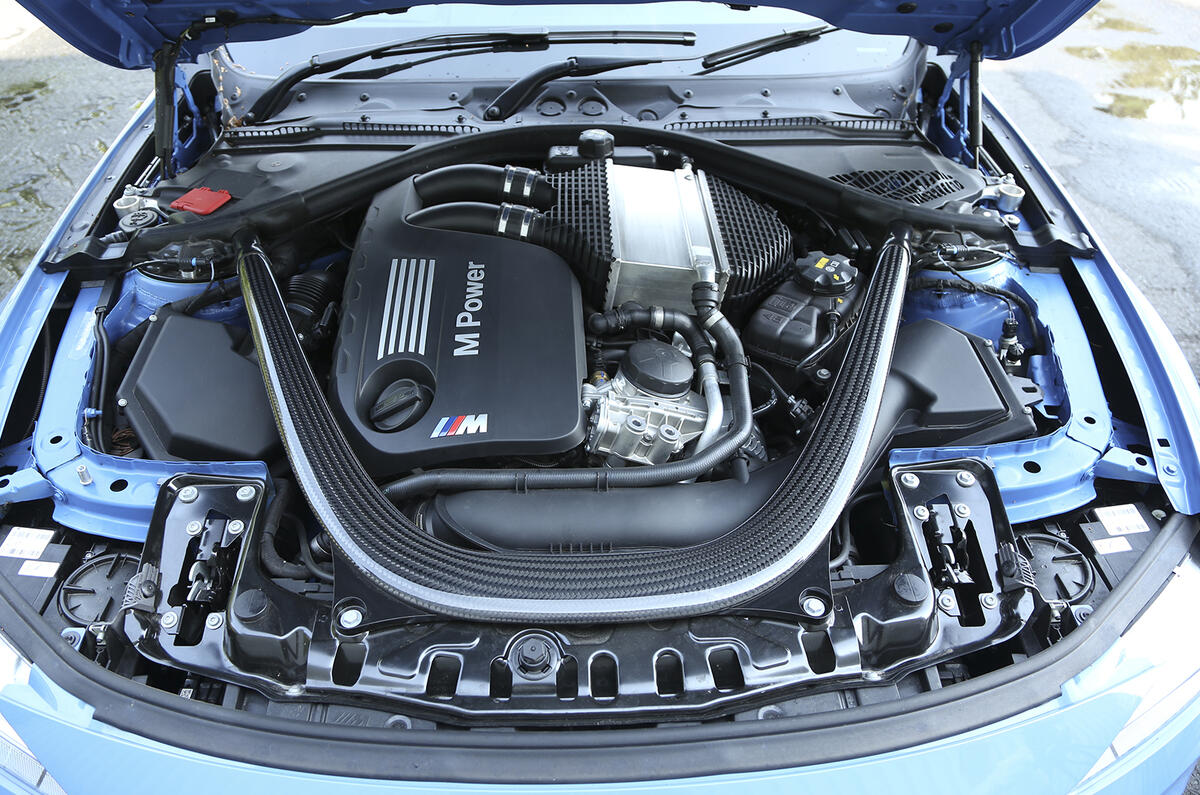
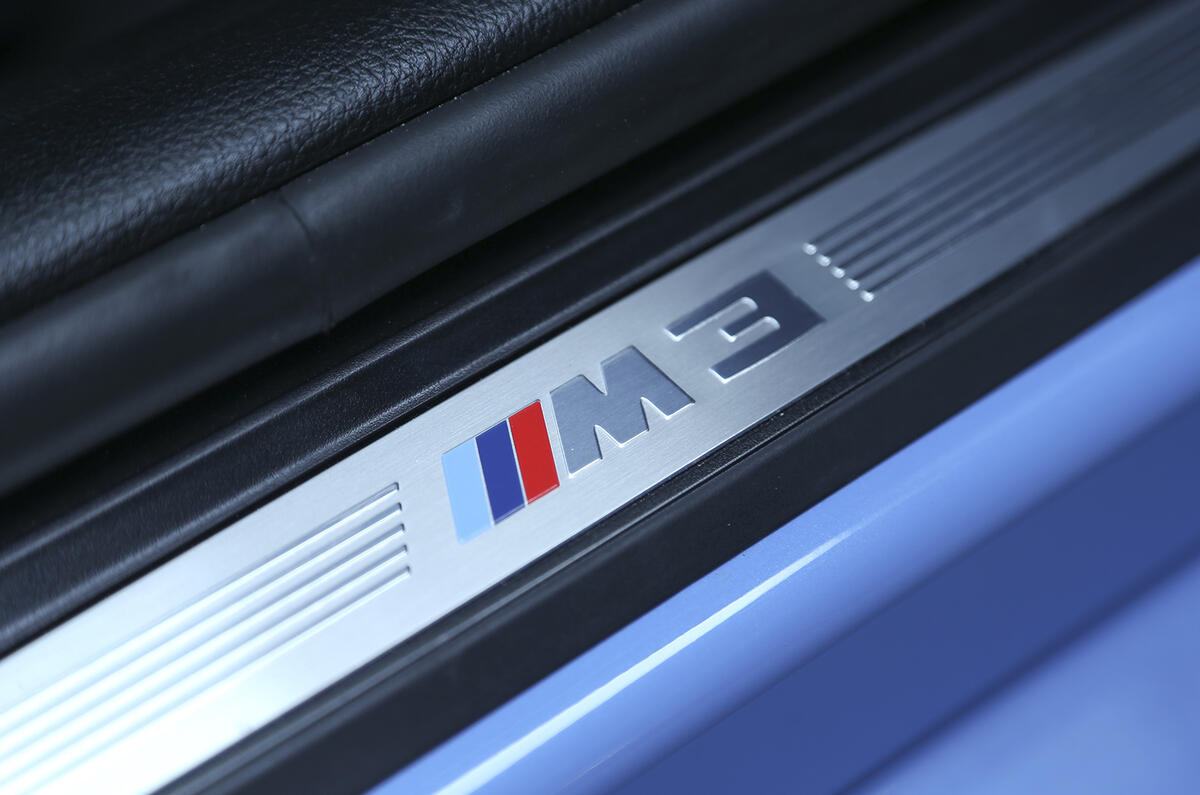
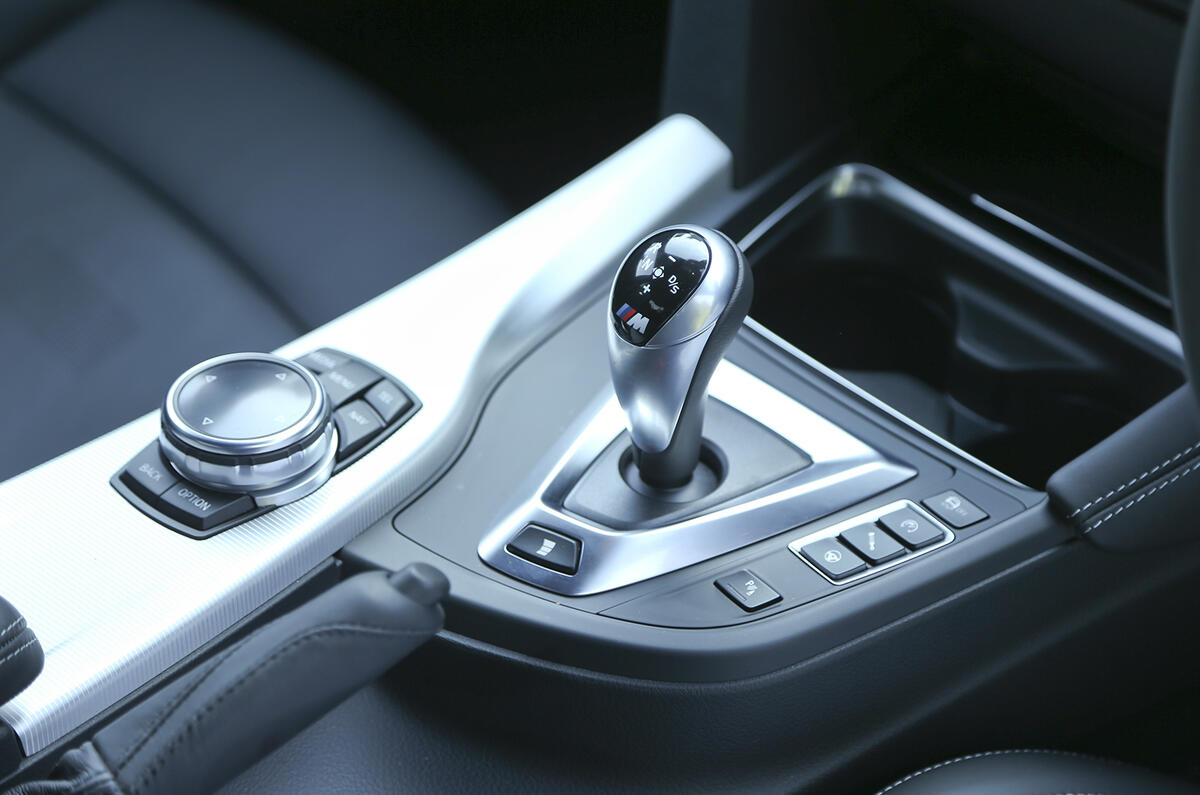


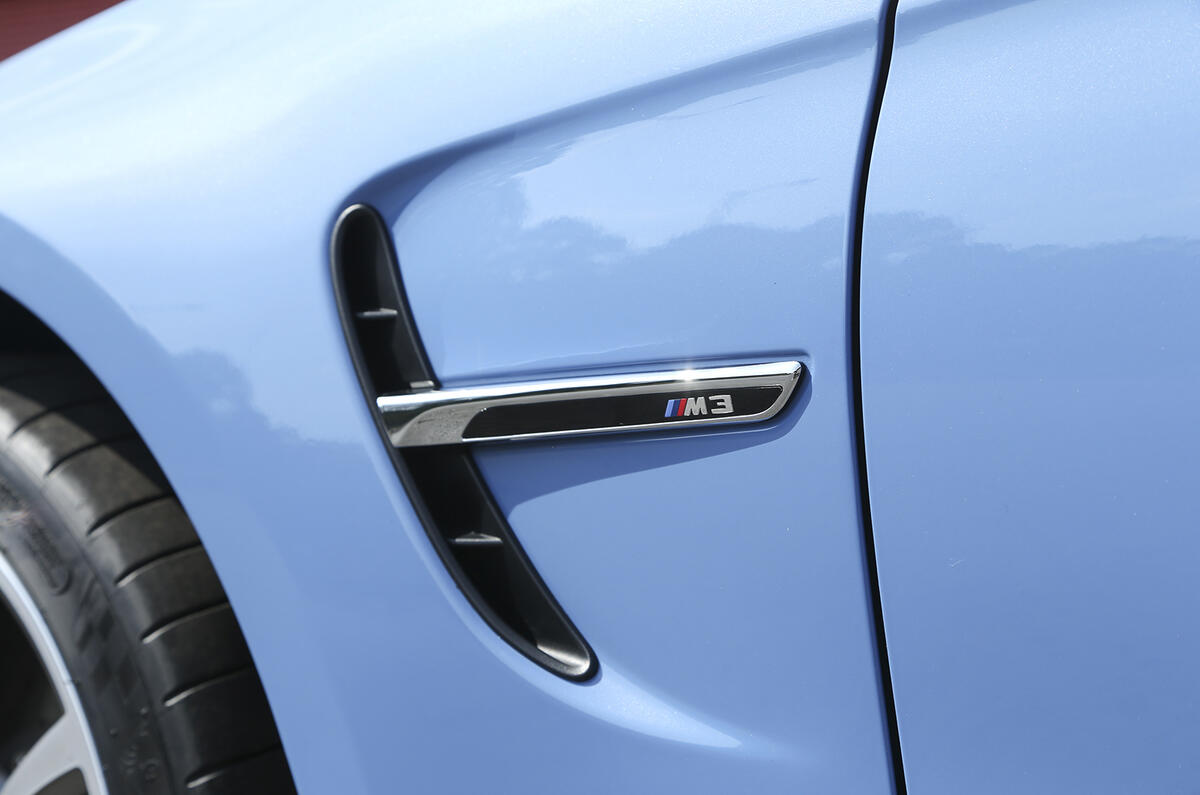
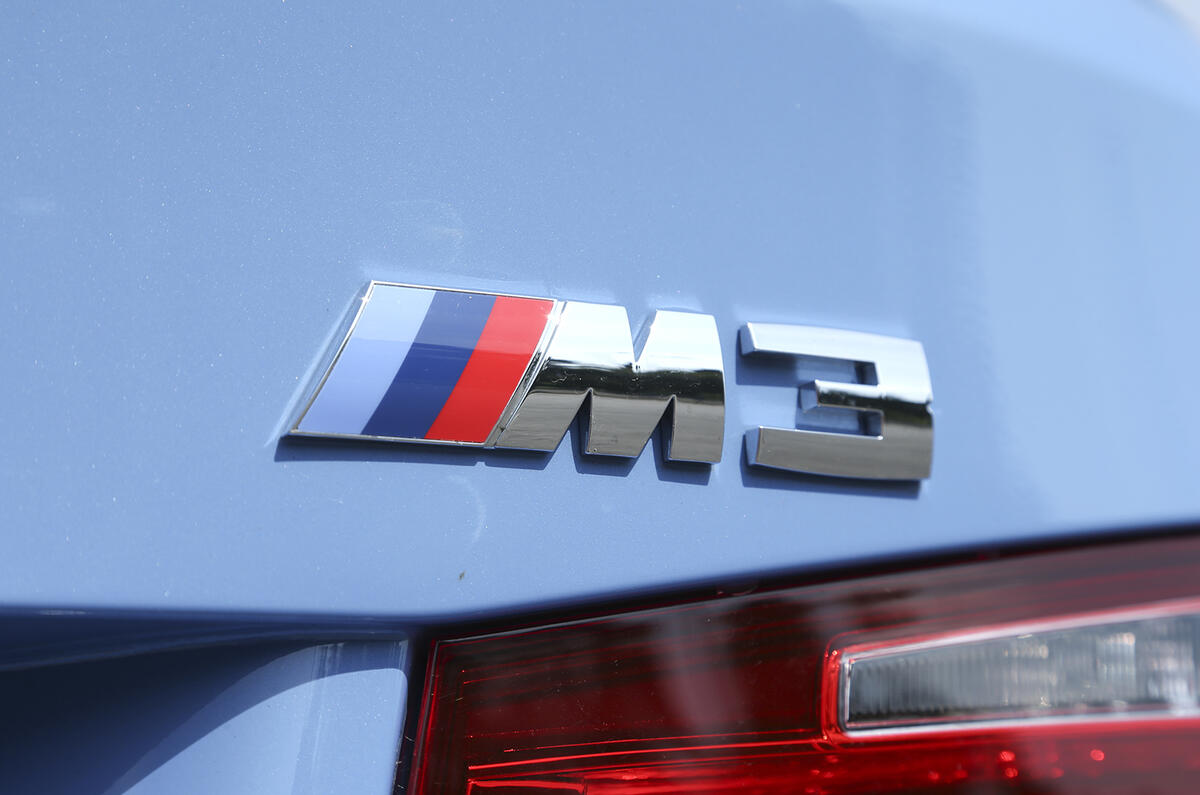

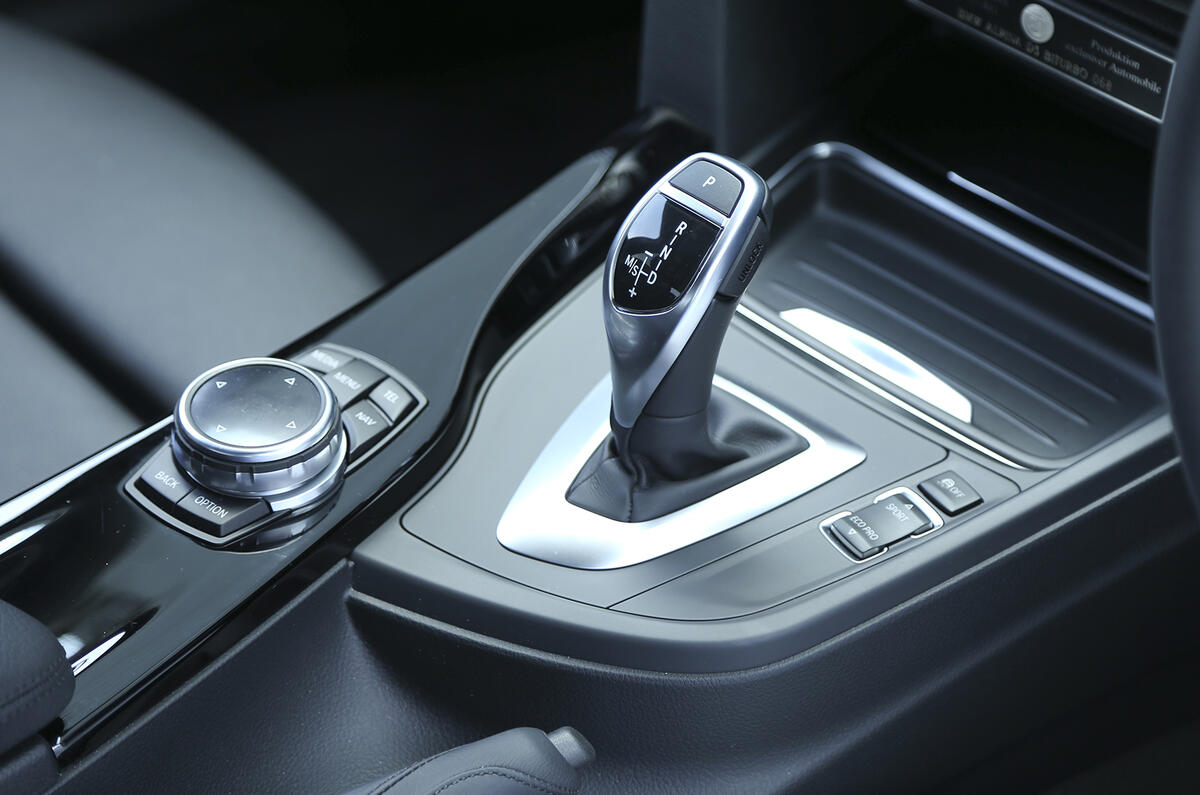
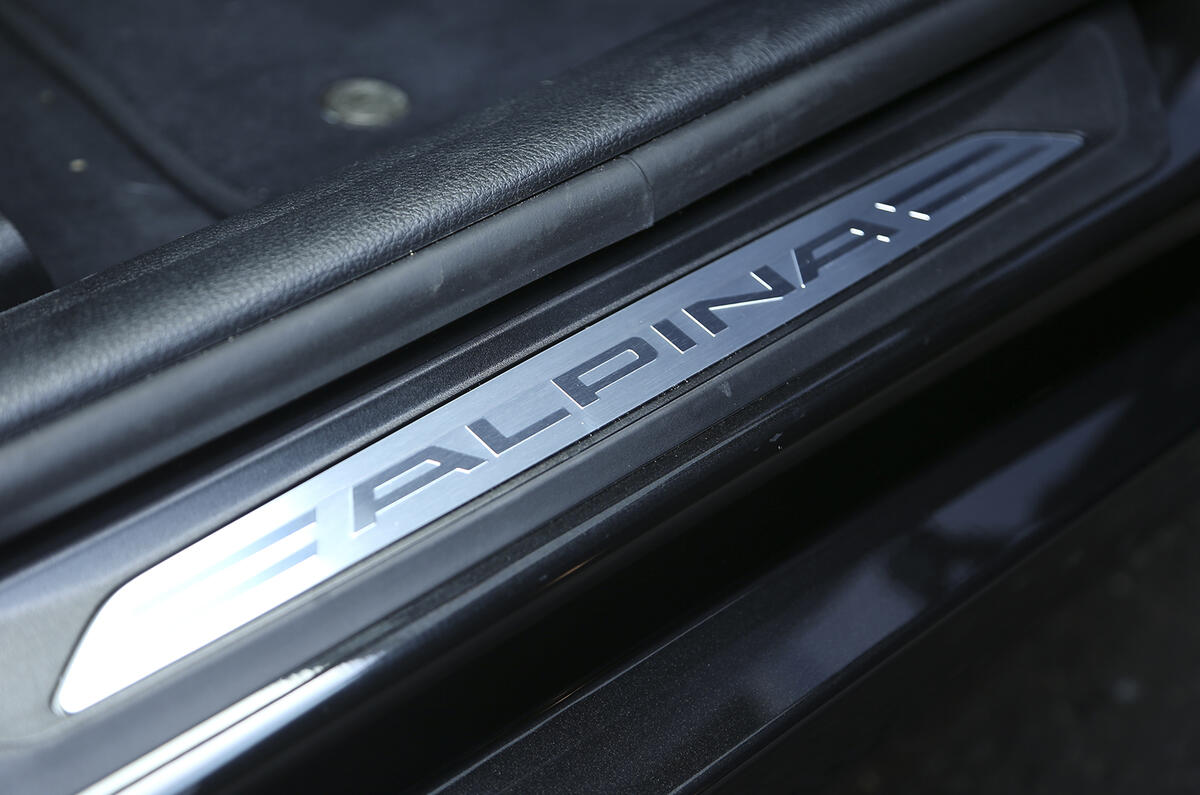
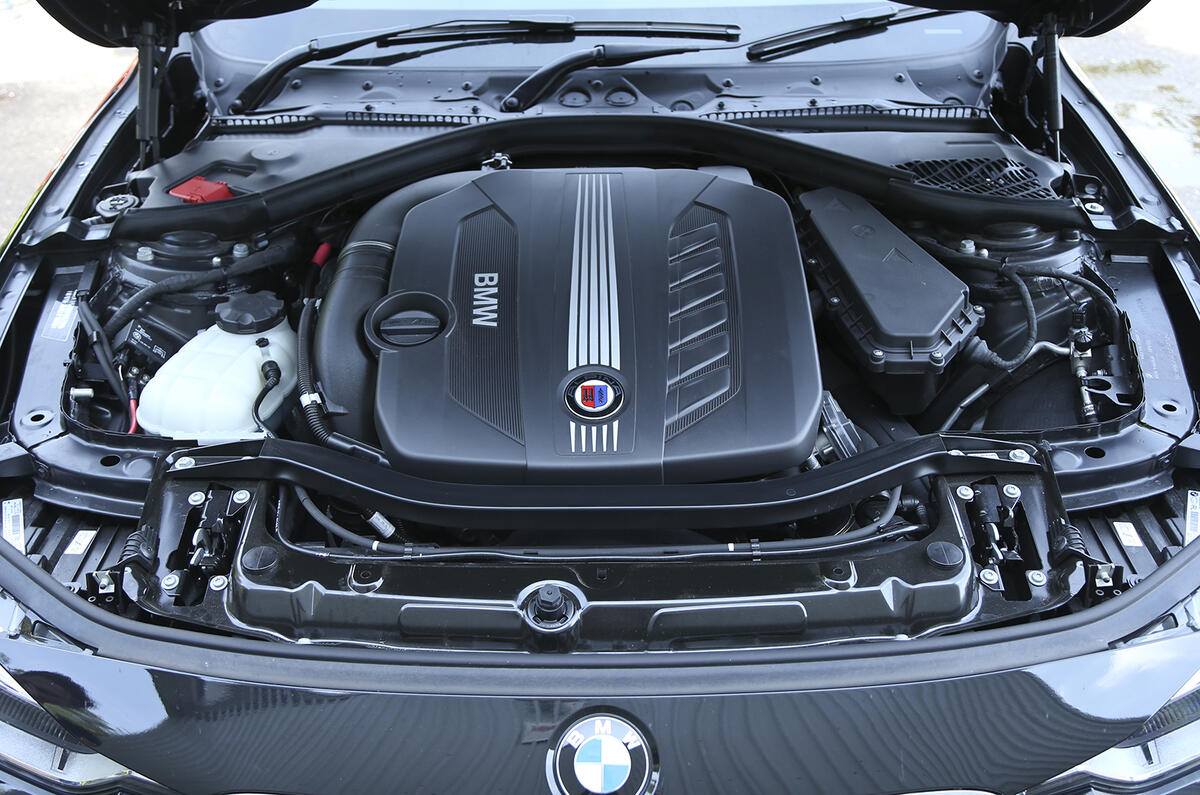
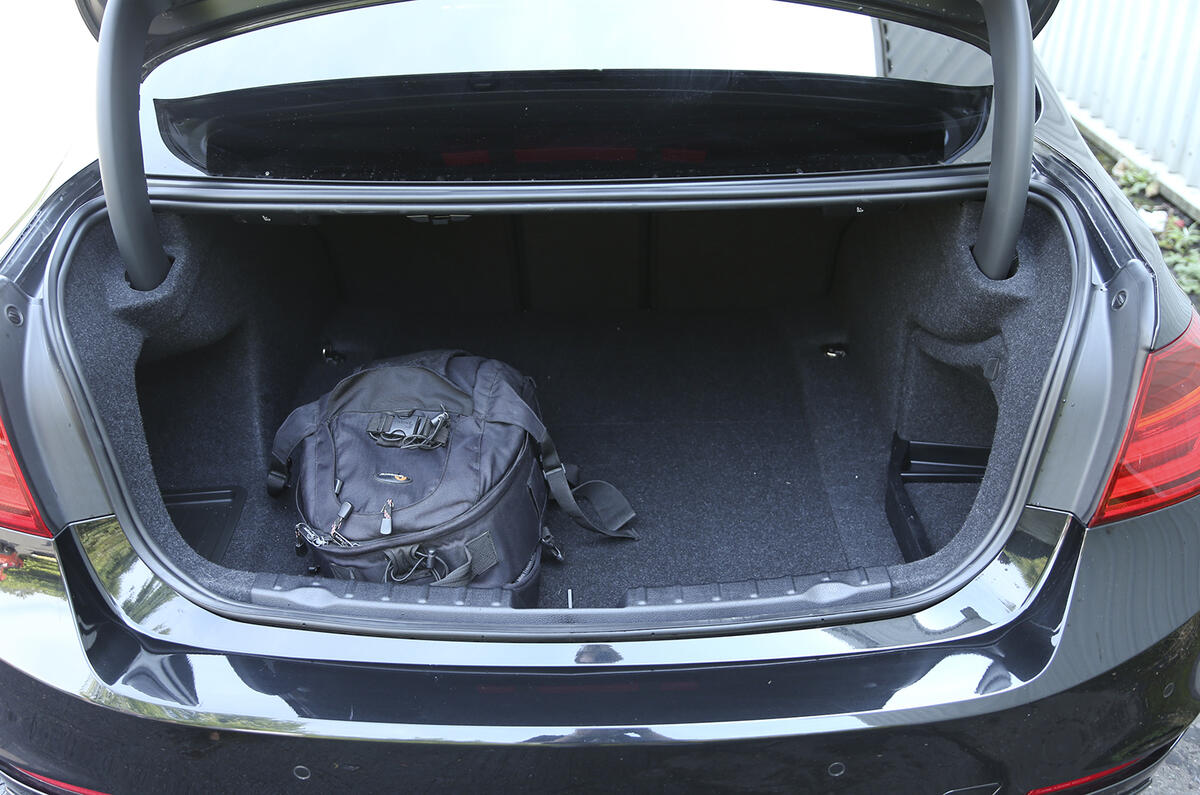
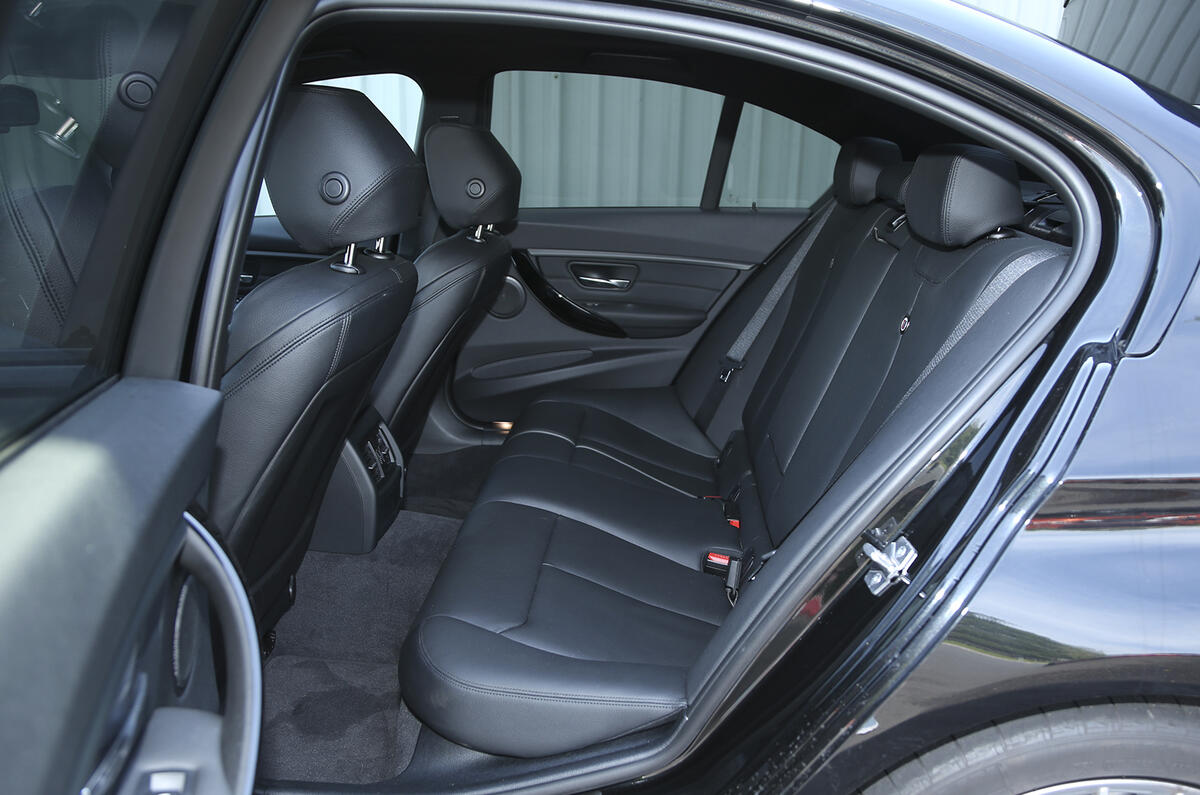

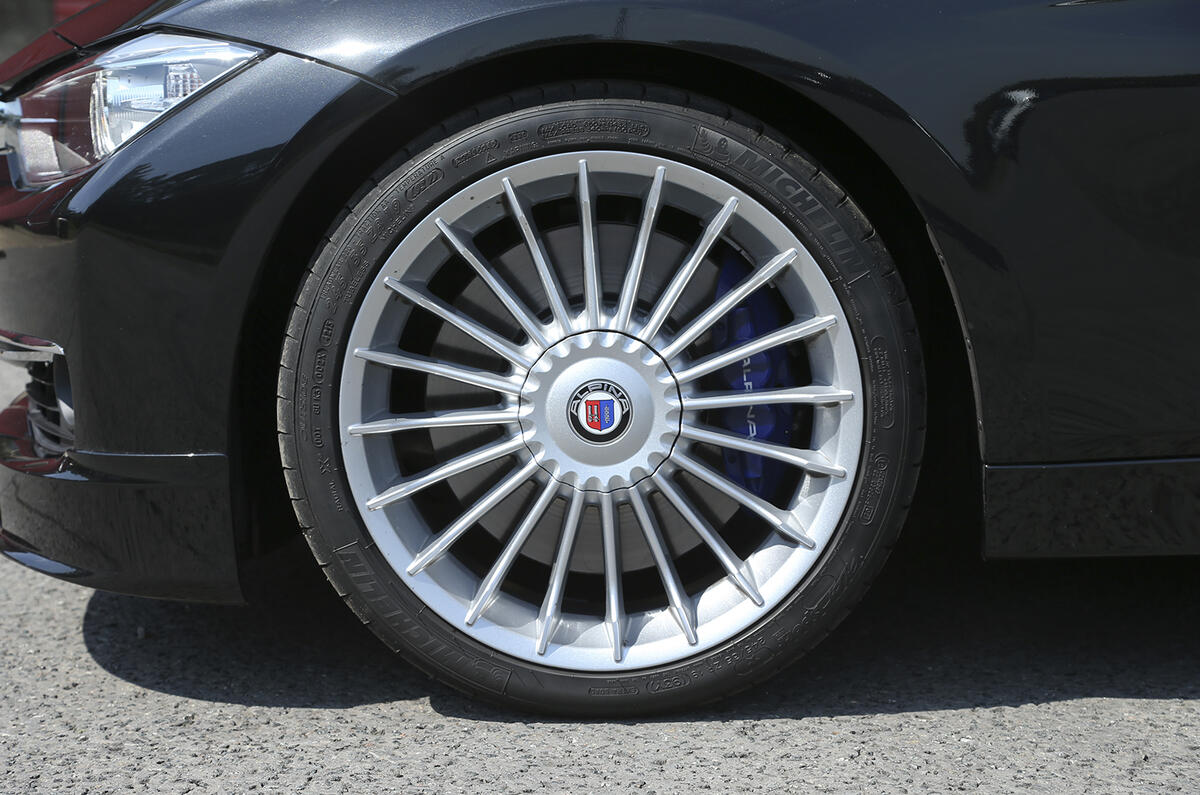
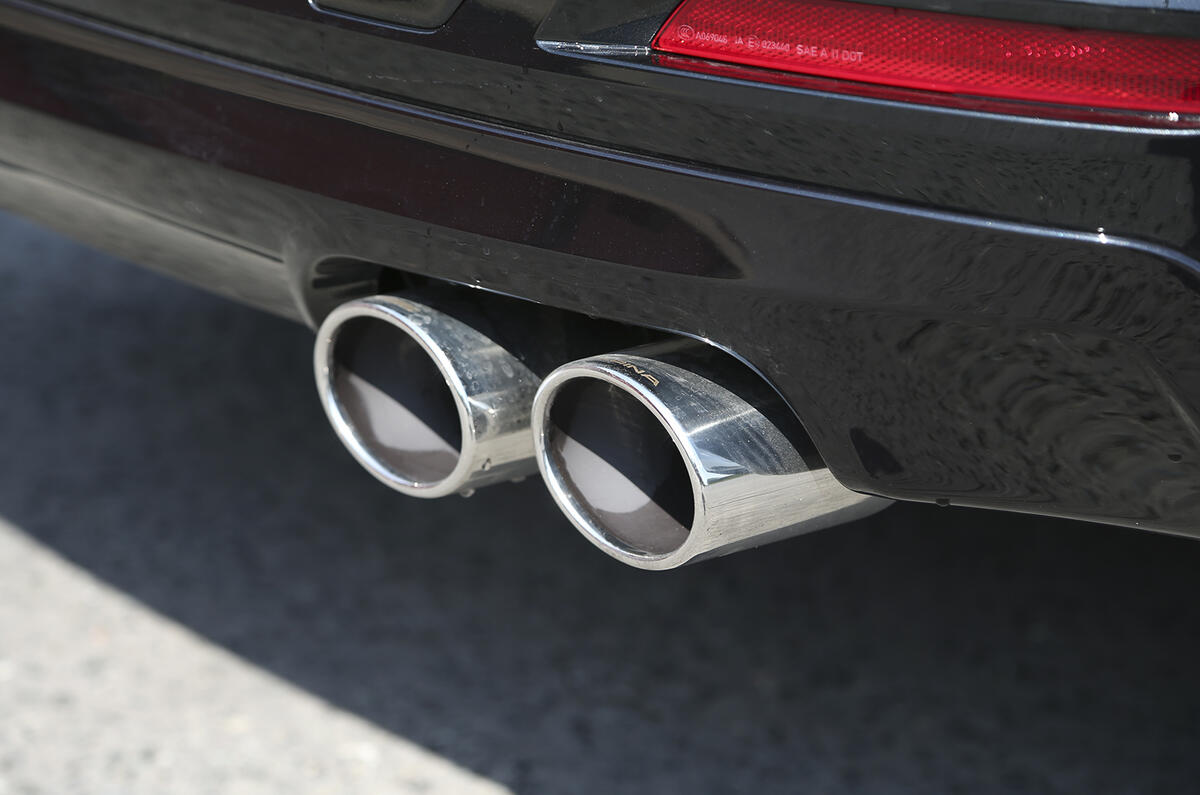
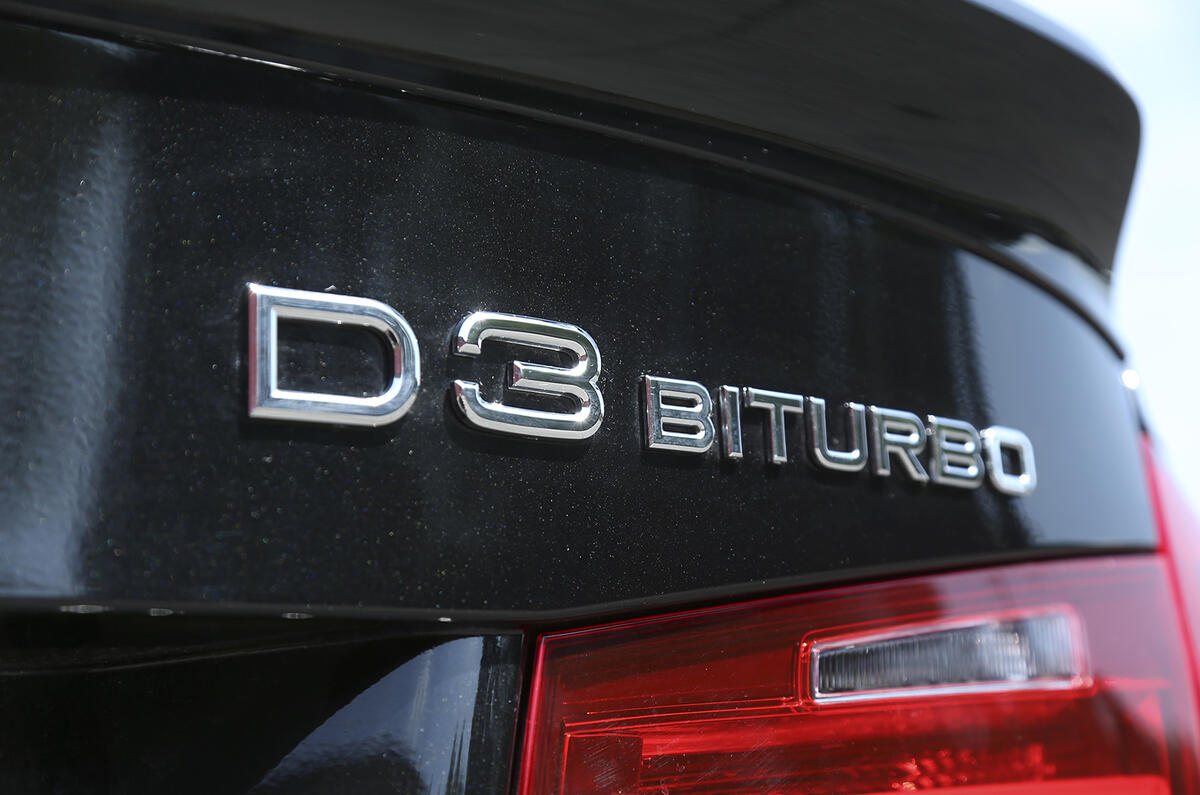
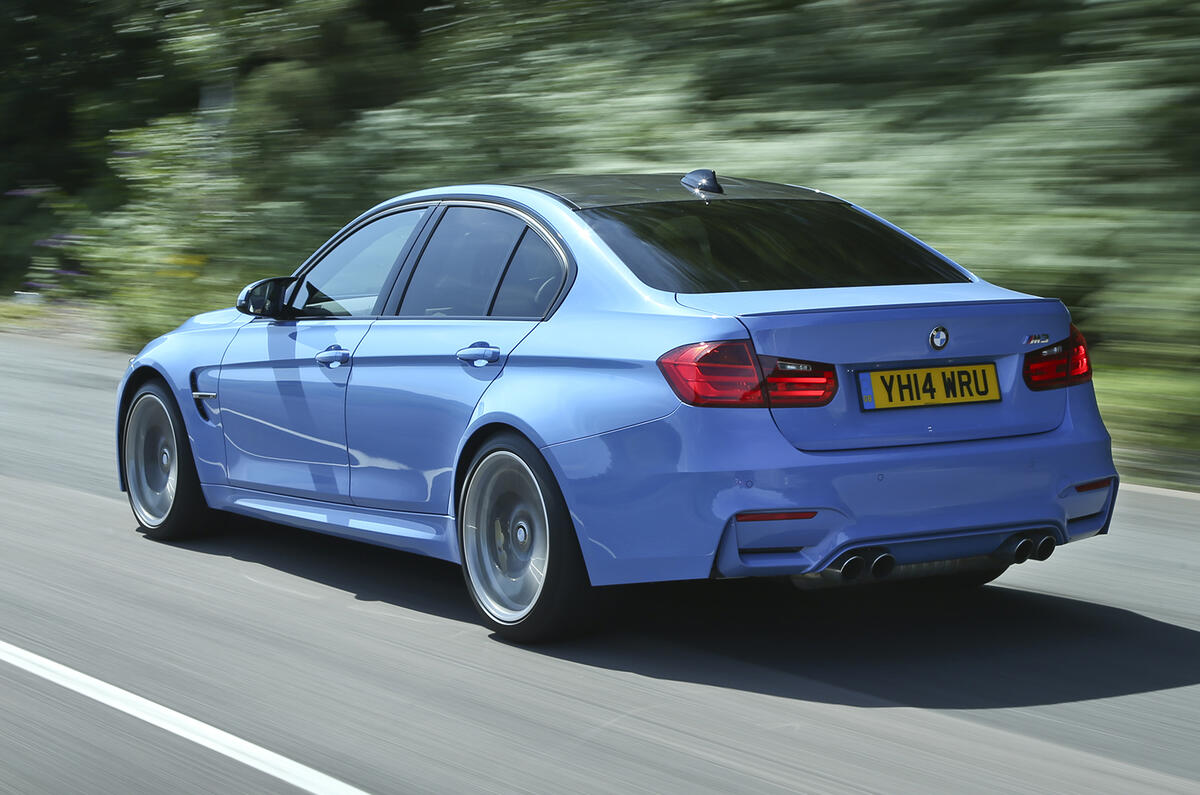
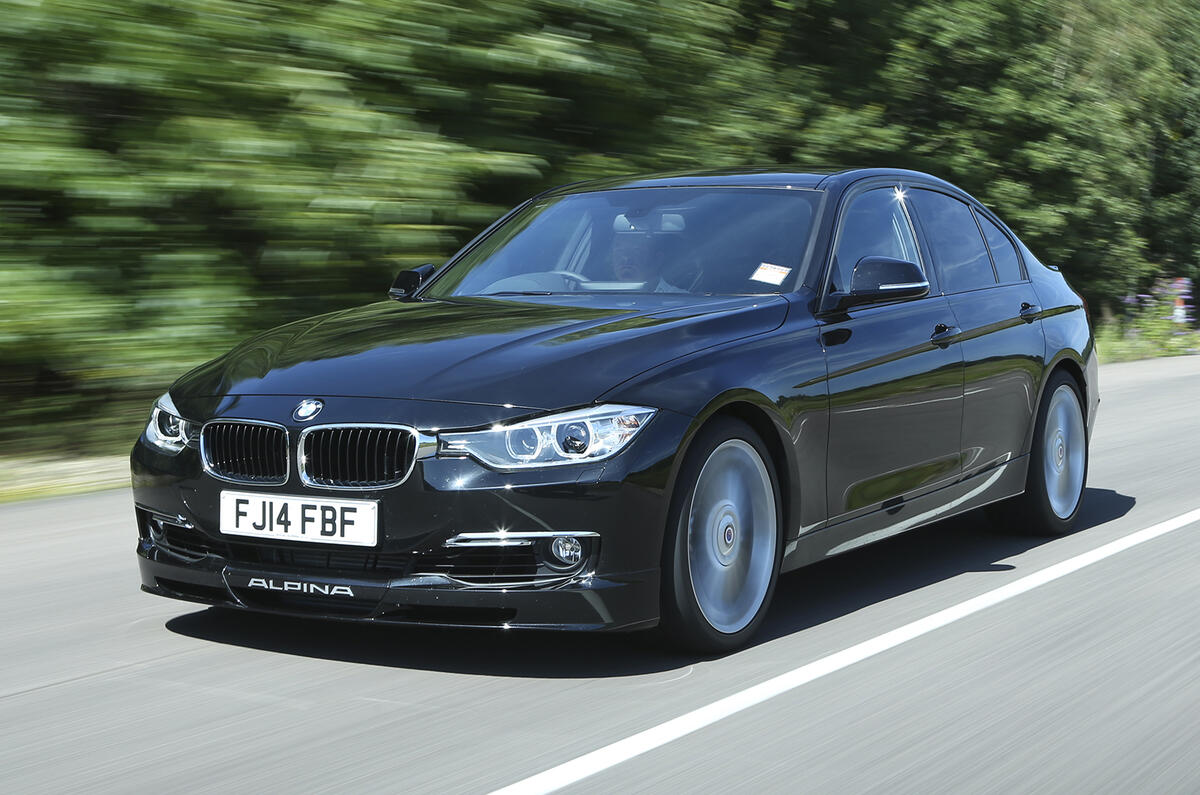
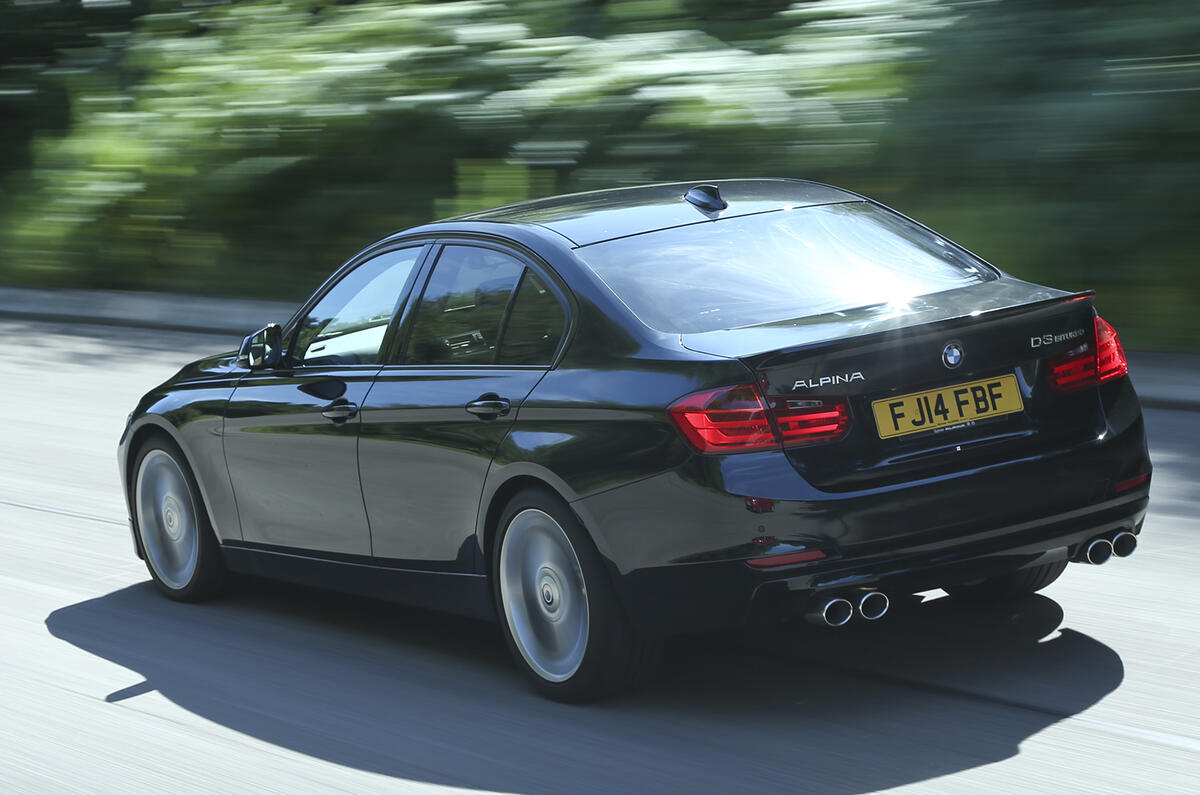
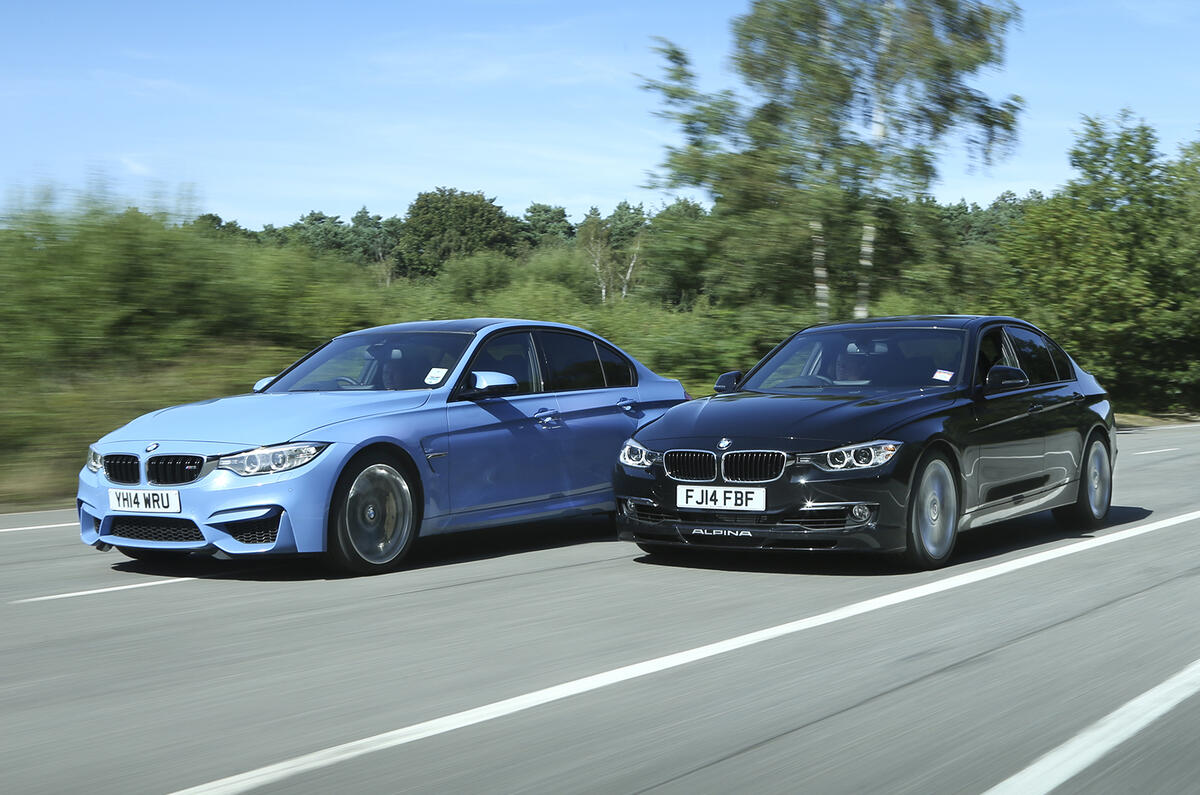
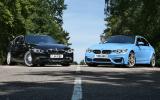
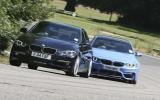
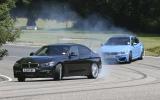
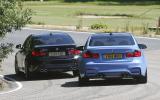
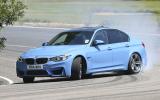
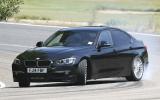
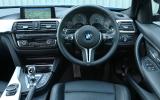
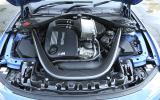
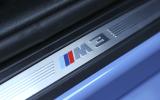

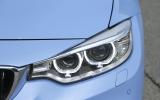
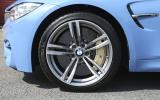
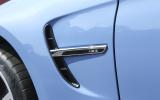
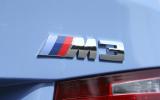
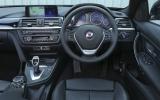

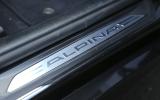
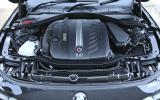
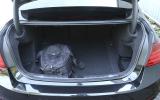
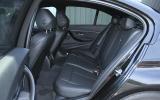
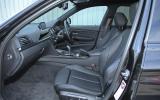
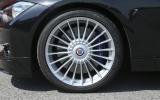
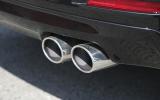
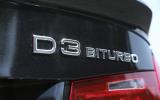
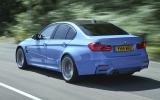

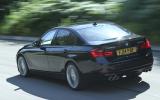
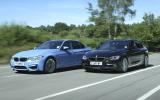


Join the debate
Add your comment
A matter of personal taste.........?
Do alpina do the D3 in estate
Poor article